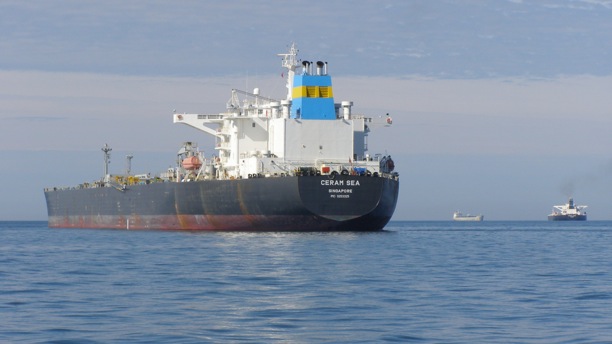 Last December Prime Minister Trudeau agreed, on behalf of Canada, (and the provinces), to reduce this country’s greenhouse gas emissions to a level 25% below our emissions of eleven years ago.
Last December Prime Minister Trudeau agreed, on behalf of Canada, (and the provinces), to reduce this country’s greenhouse gas emissions to a level 25% below our emissions of eleven years ago.
In Vancouver, we have been told, the Prime Minister wanted to talk about pricing carbon as the principal mechanism for achieving Canada’s GHG reduction target.
The problem is that carbon pricing by itself is a one-size-fits-all solution to a complex set of challenges. The provinces think they may have other options or simply don’t want to play second fiddle to Ottawa, or just don’t want to play on the climate file at all.
Whatever the reason, one thing is clear, we have missed vital first steps in classical problem solving. That is properly defining the problem and giving ownership of and accountability for that problem to each and every player at the table.
It is not clear at all if each Premier knows how their province fits in the big picture, what is expected of his or her province. How will the burden of GHG reductions be shared across Canada? This question has been ignored, in my opinion, because the answer forces political leaders into a corner with limited options. They realize someone’s ox is going to be gored as long as the owners pursue certain energy intensive activity.
Key to sharing the burden is a formula that fairly distributes the load and a performance measure that captures results. While Canada can be judged by any number, per capita emissions is the standard most often used and could be the one Ottawa might default to if there isn’t agreement on a more nuanced one that applies the 25% reduction formula on each province’s 2005 base emissions. Certainly critics will point out that the per capita emissions measure has allowed some developing nations to grow their emissions unreasonably. Others believe it is the most equitable way to share responsibility. Again choosing the right formula is contentious and a discussion that should have been concluded before Vancouver.
Without this step, however, the entire process is in danger of derailment. We’ve skipped to a solution before the players have accepted responsibility and accountability for the problem.
Perhaps we should reorder things:
Mr. Trudeau should quantify and distribute the burden among provinces. He needs agreement on a formula that ensures, at a minimum, all Canadians are treated fairly and that the result sums to our national reduction target. No one should expect a free ride. But there also needs to be some recognition that some provinces have a higher hill to climb to meet their share of responsibility.
If premiers want control over how they meet their obligations then give them leeway but hold them accountable for performance. Each province must be given time to plan and demonstrate that their obligations can be met (through whatever means they choose including pricing carbon and/or a Canadian emissions trading scheme, or energy efficiency, or, or).
Finally, If there is no agreement or if there are persistent free-riders, only then should Ottawa impose a solution. In the meantime, Canadians could be told what their province’s share of Canada’s emissions reduction plan amounts to.
Informed public opinion has a way of letting more of the sunshine in…
